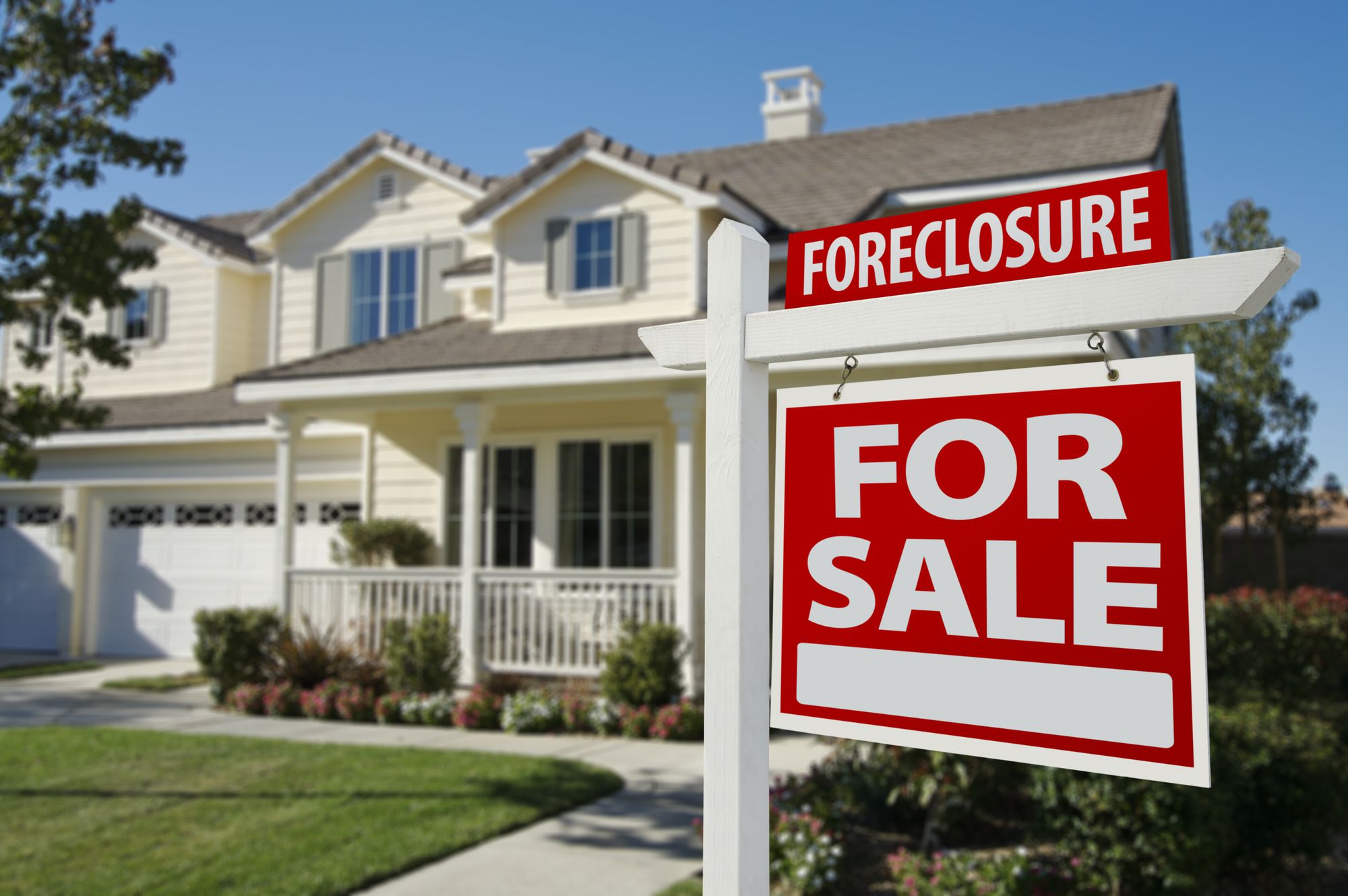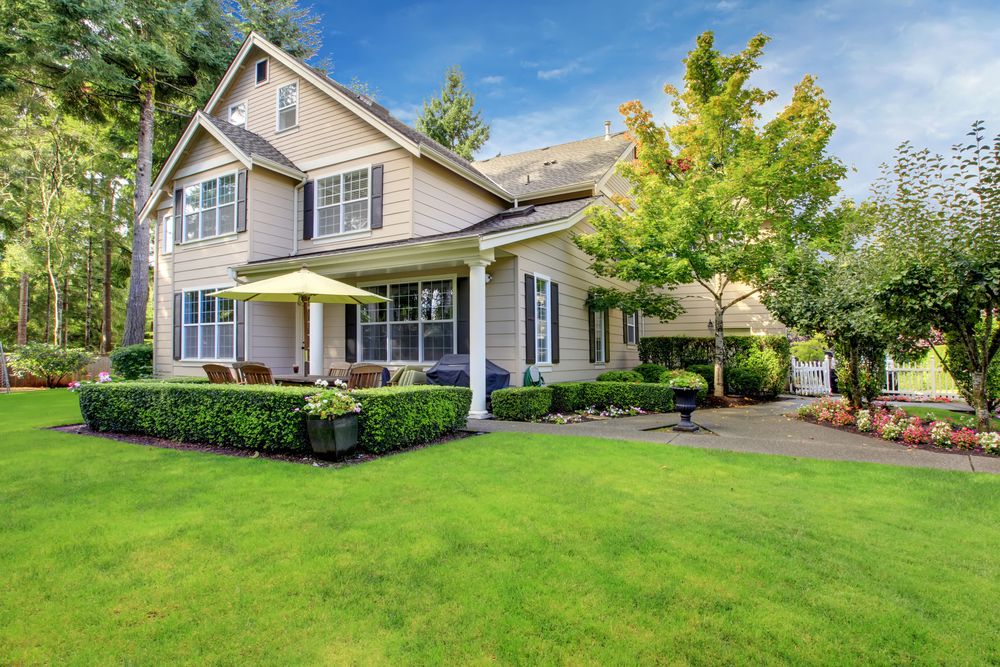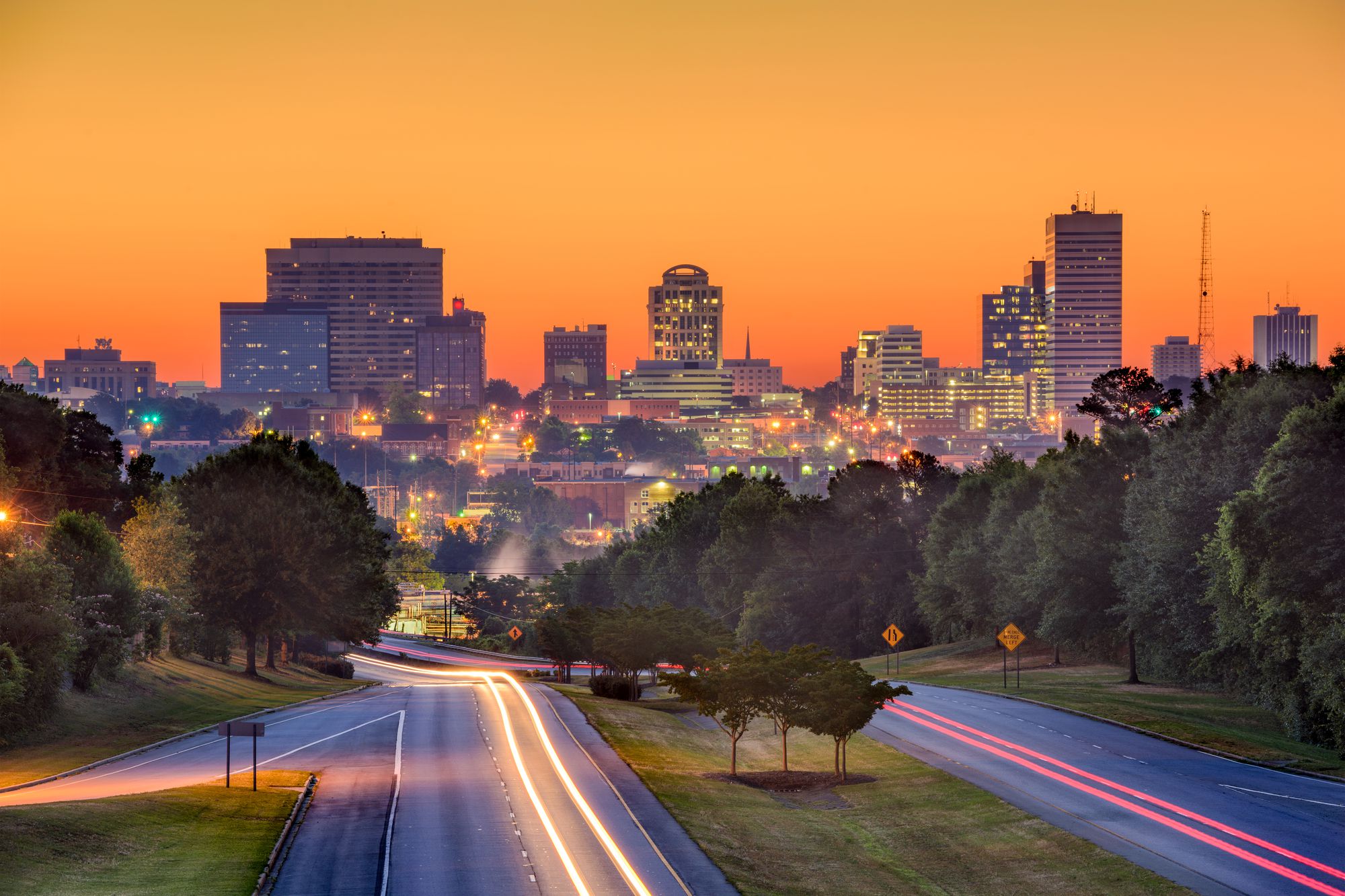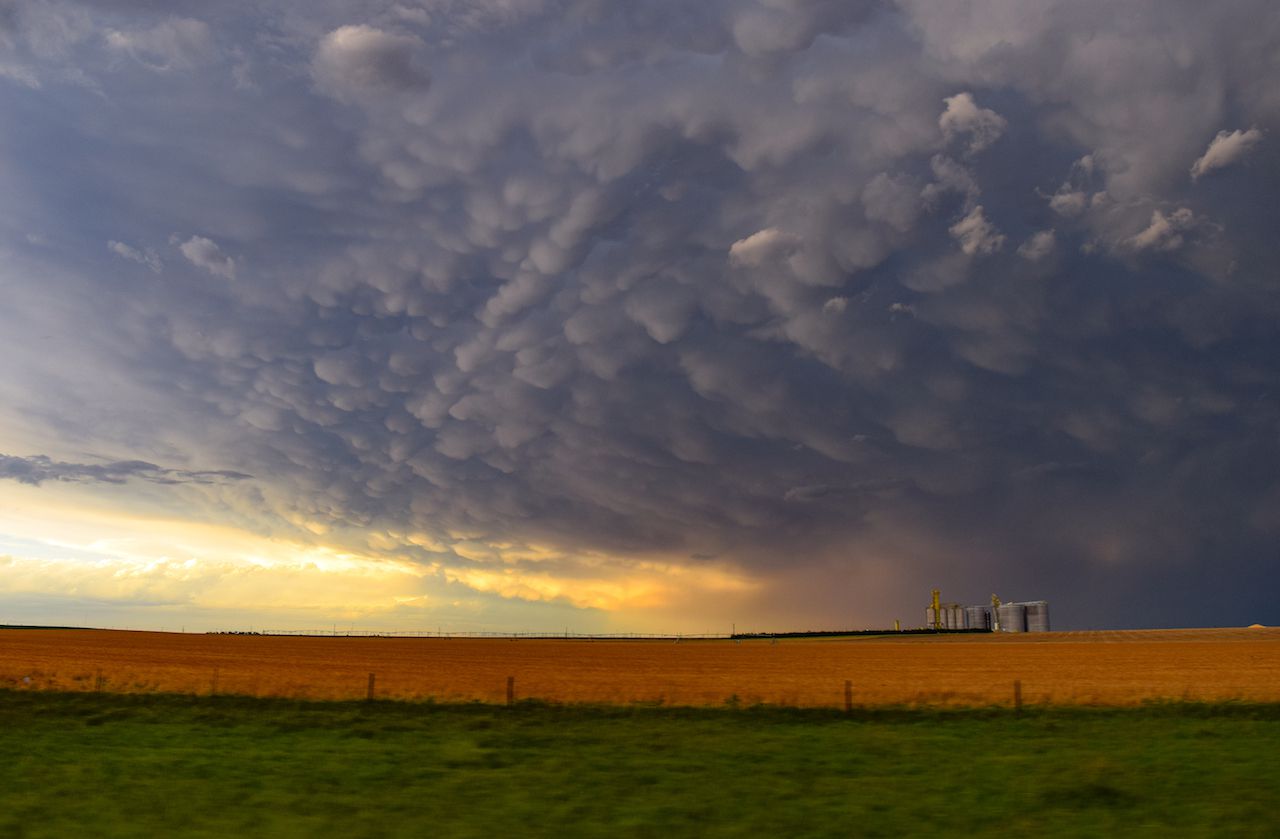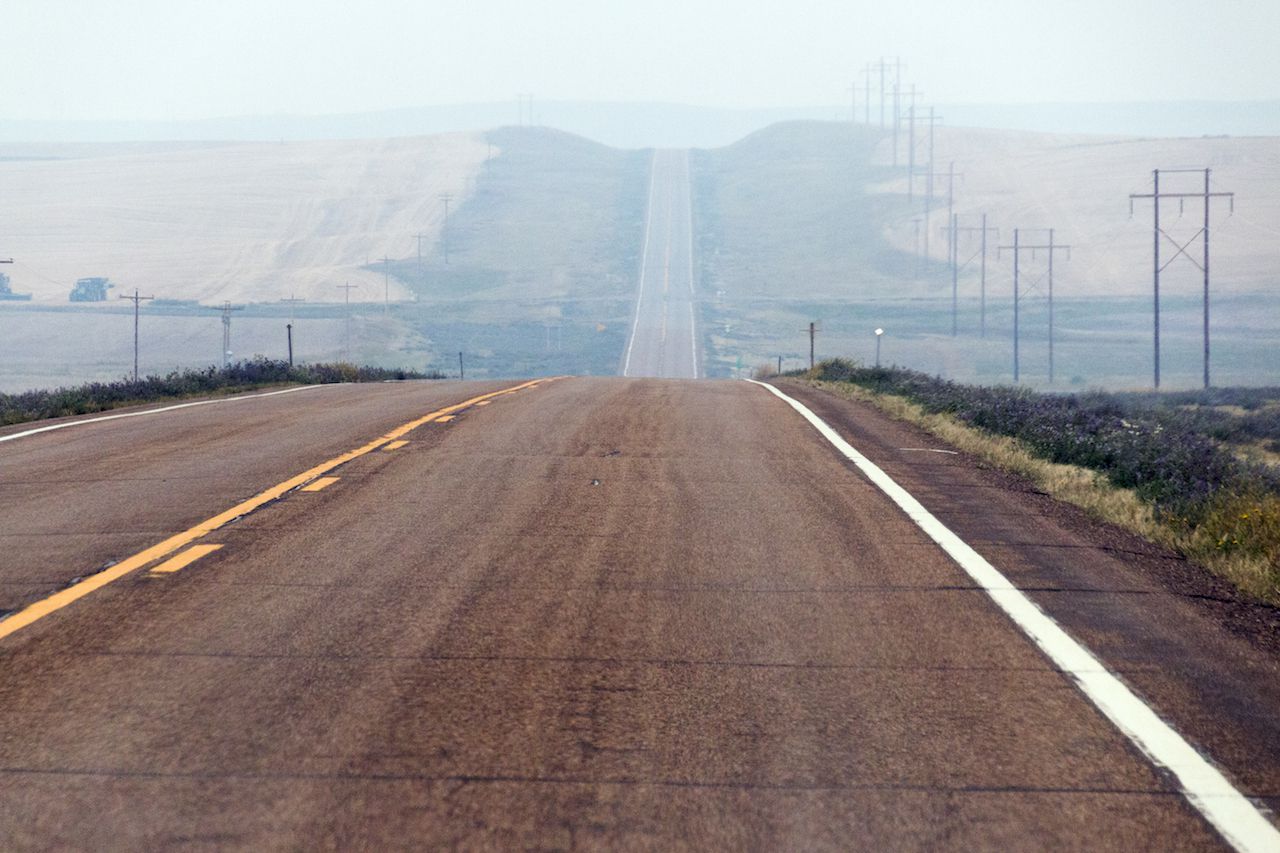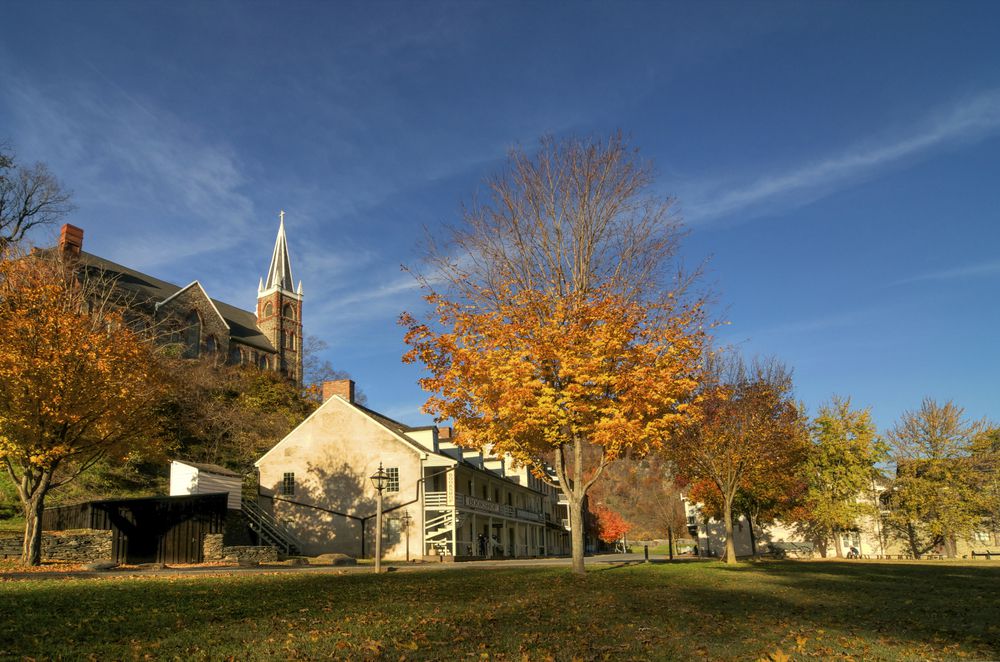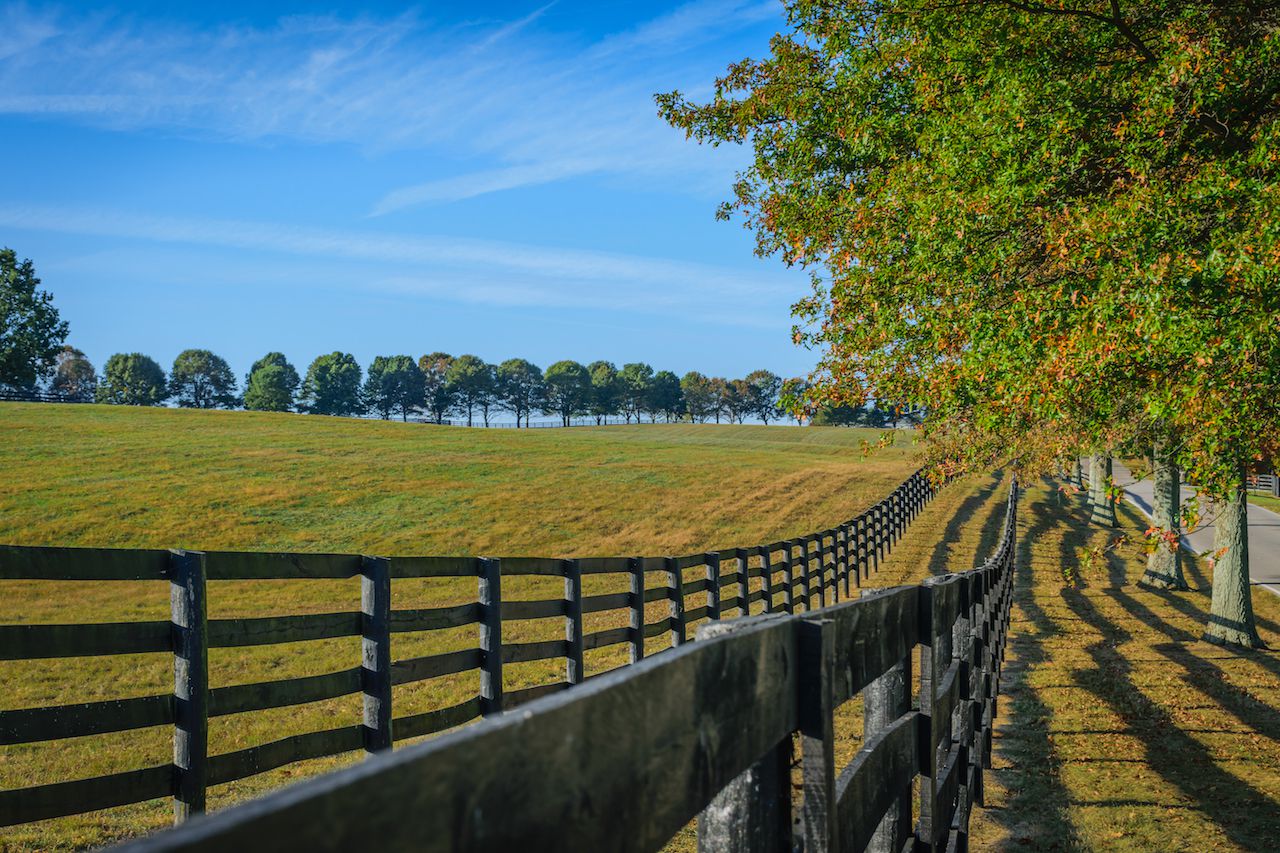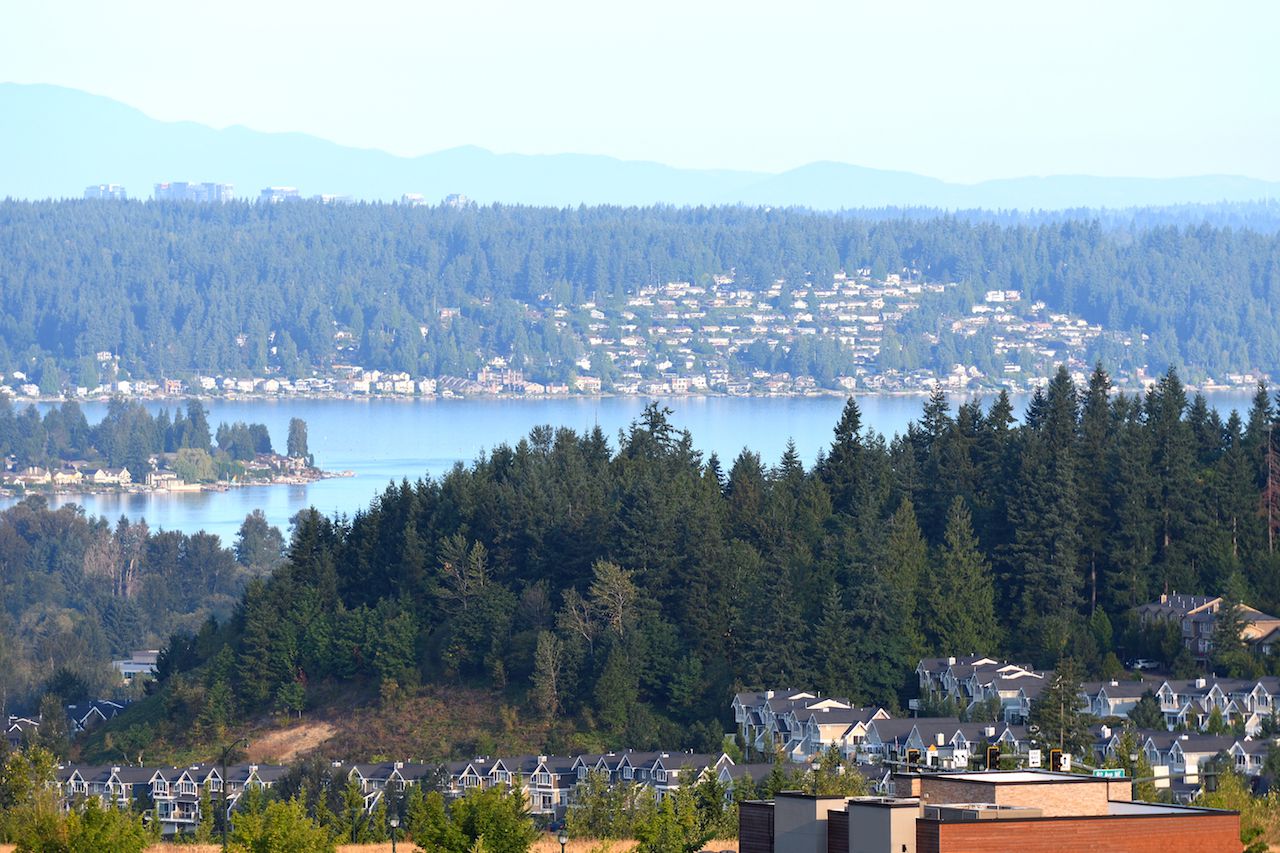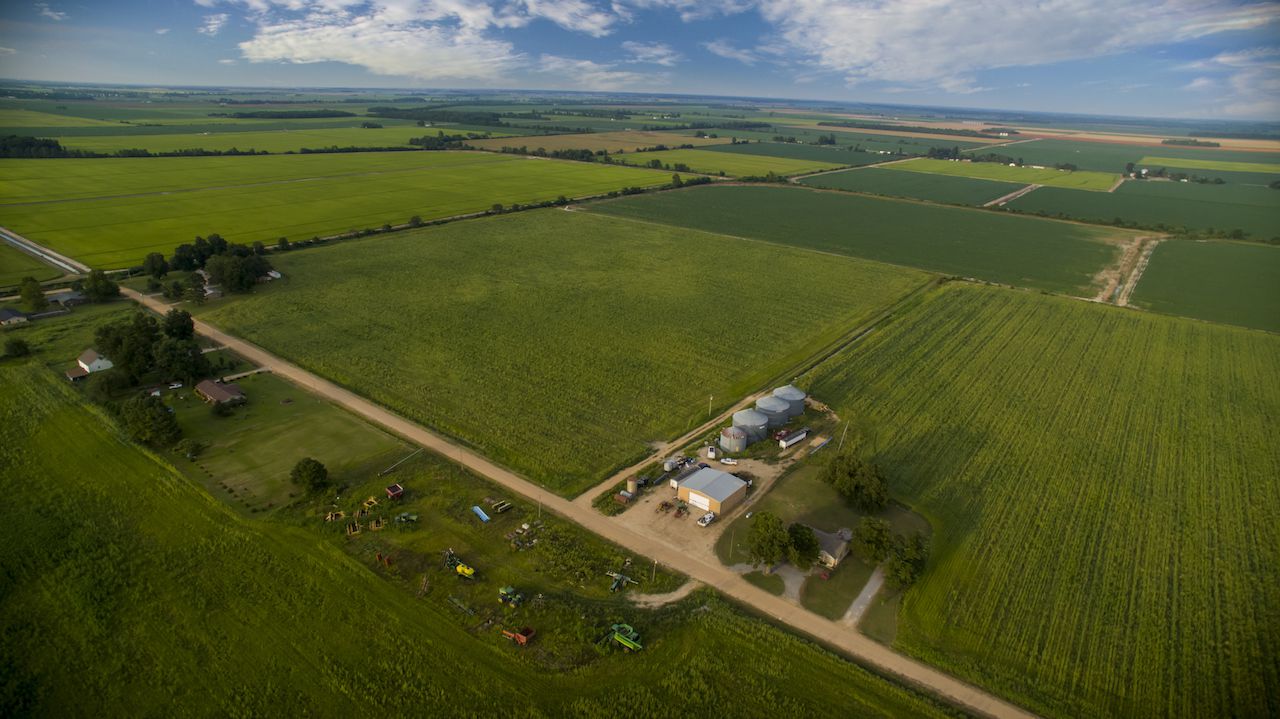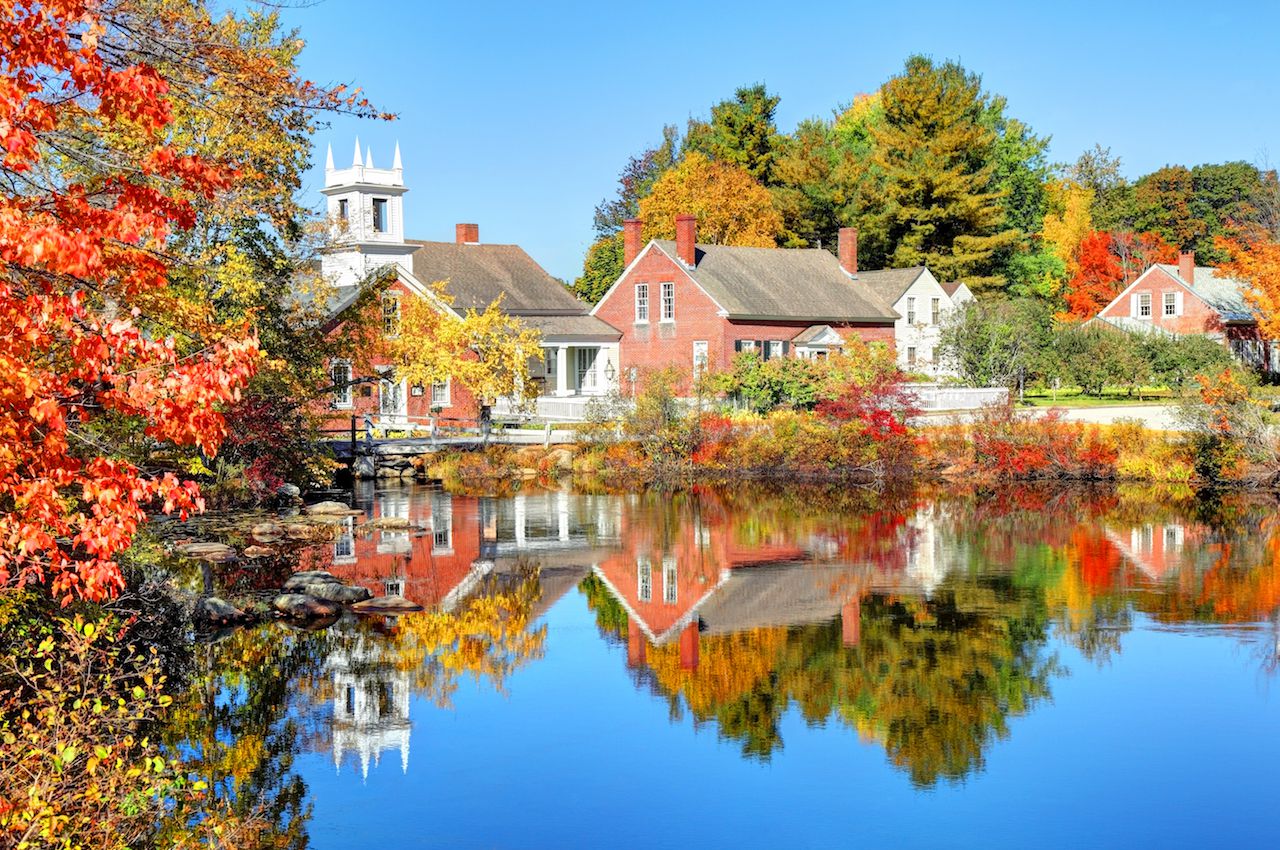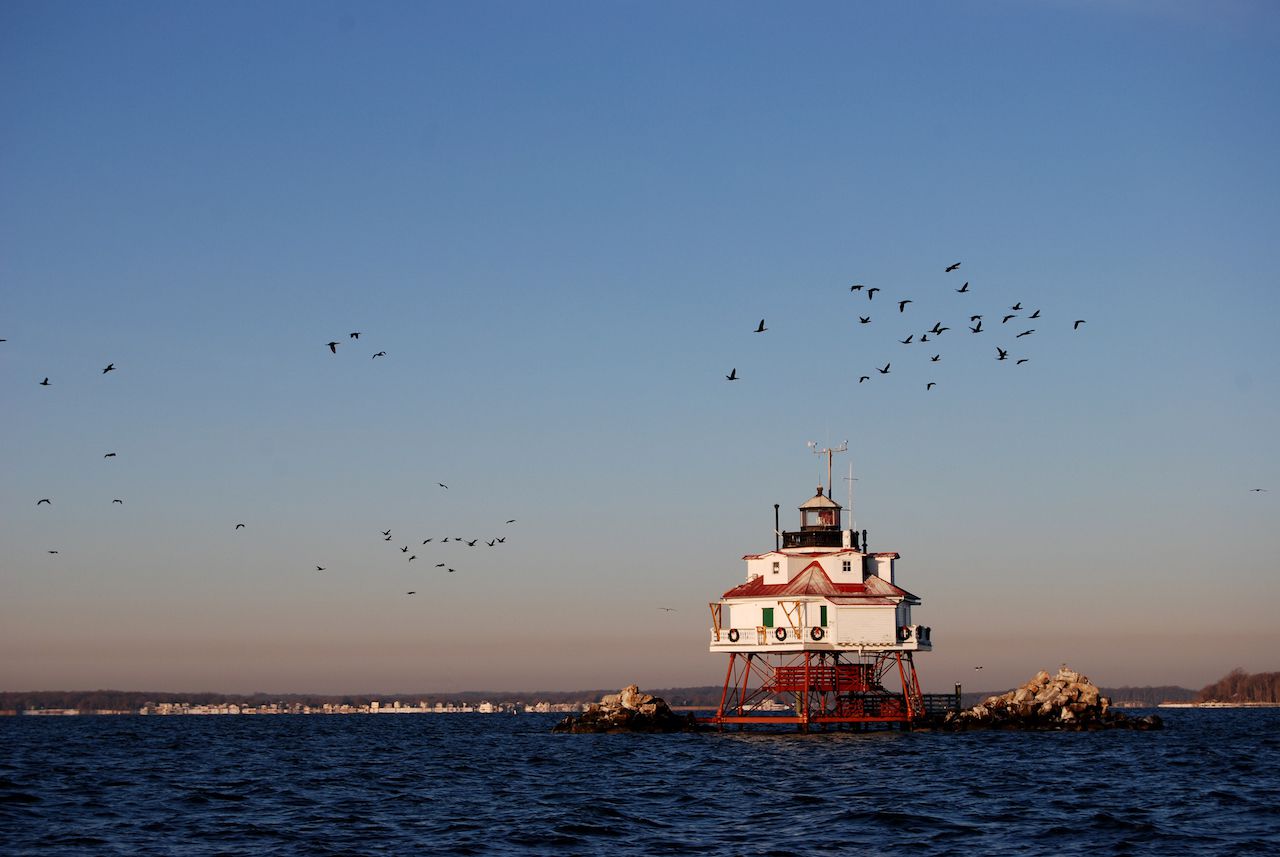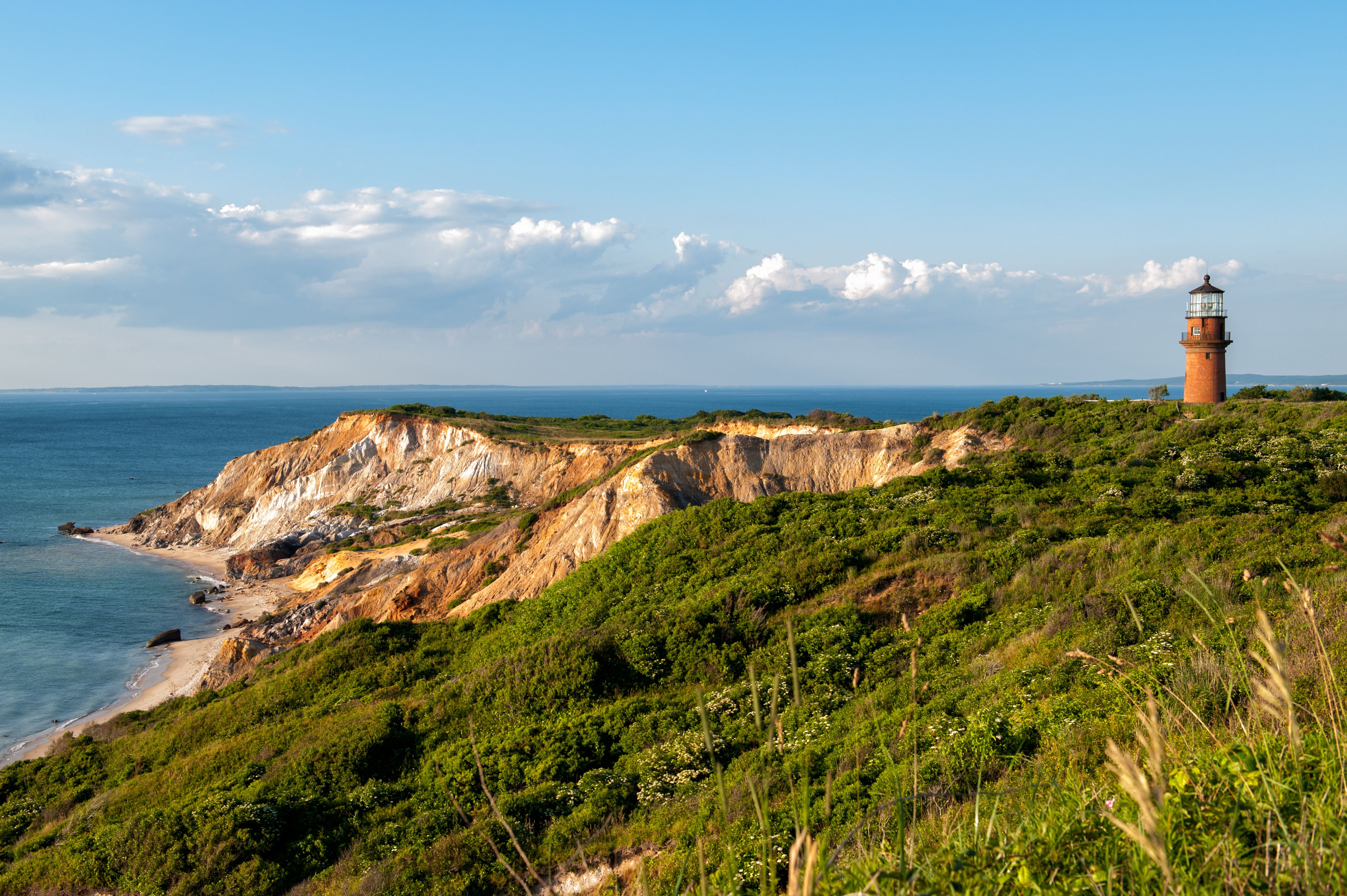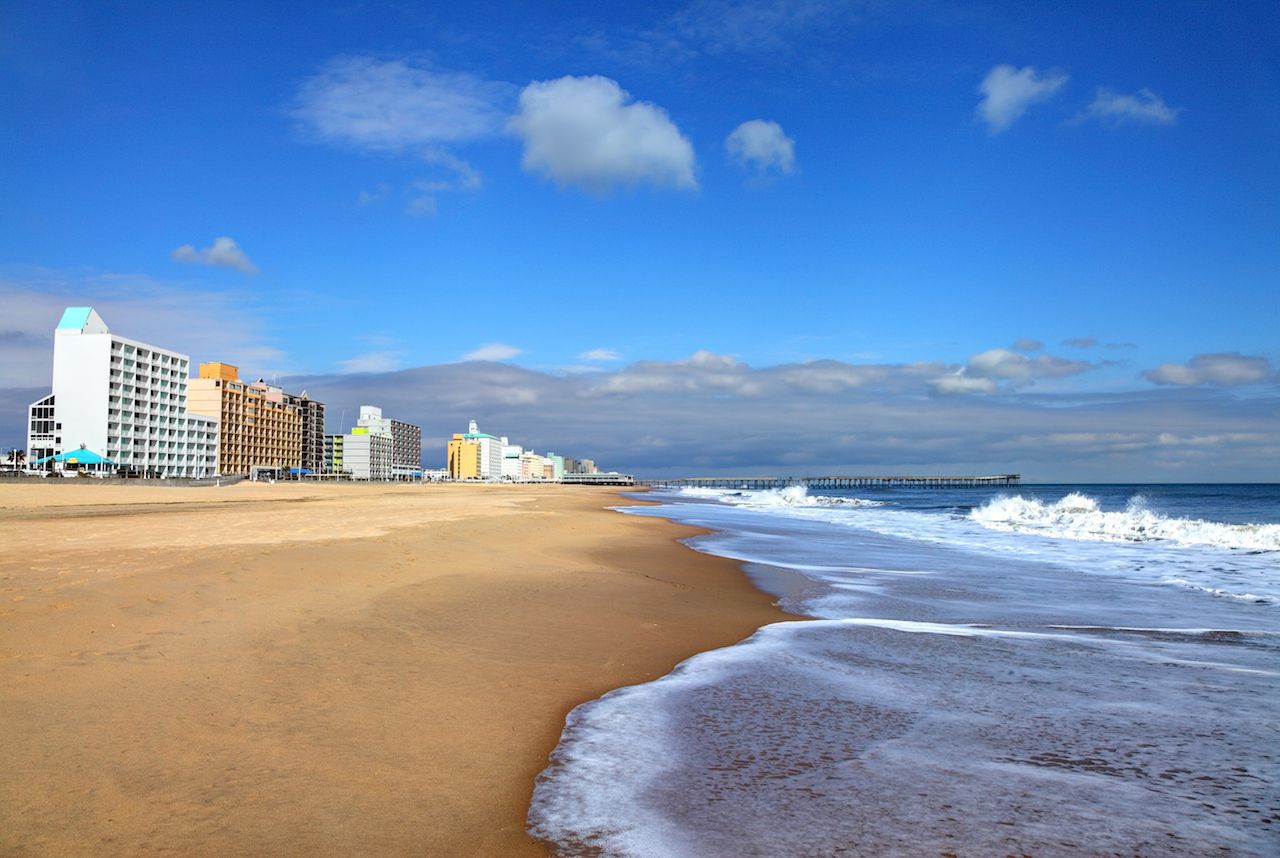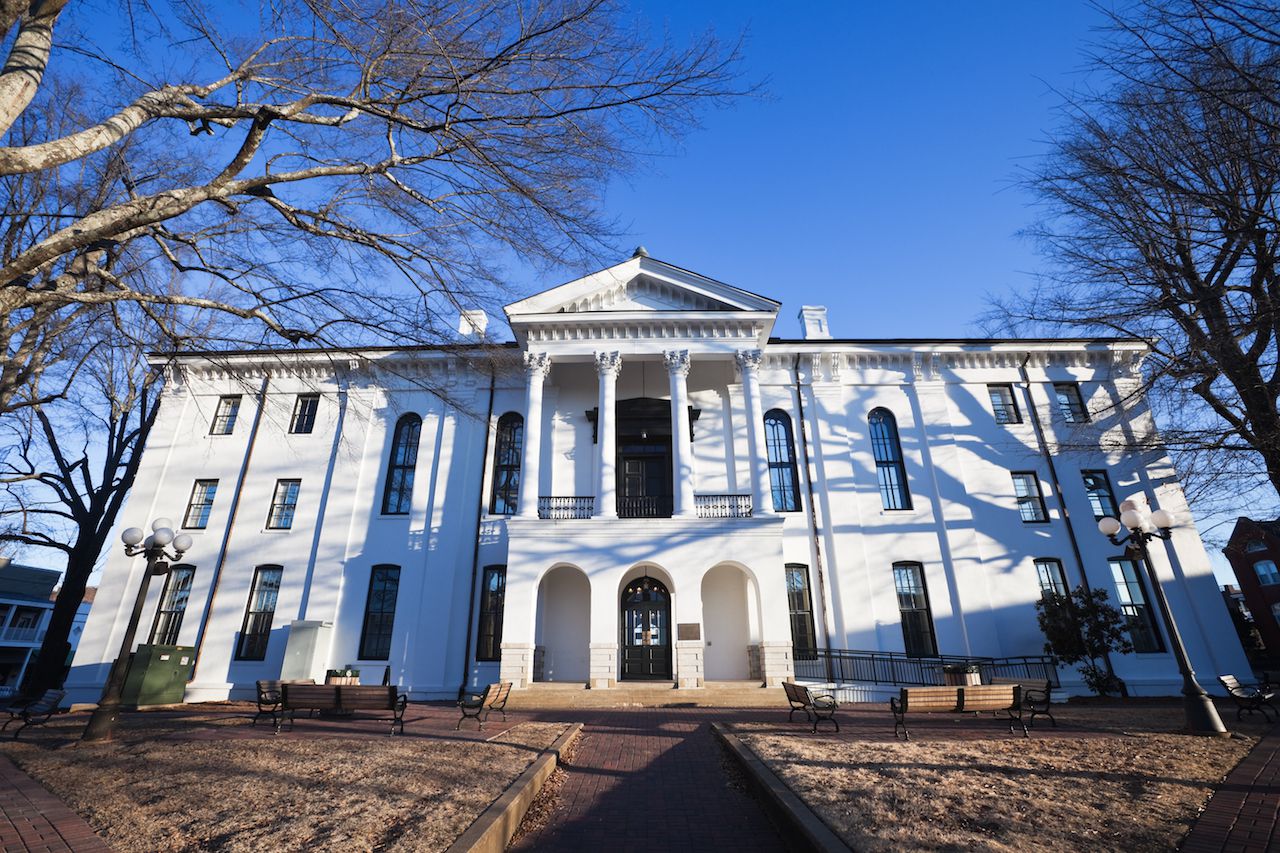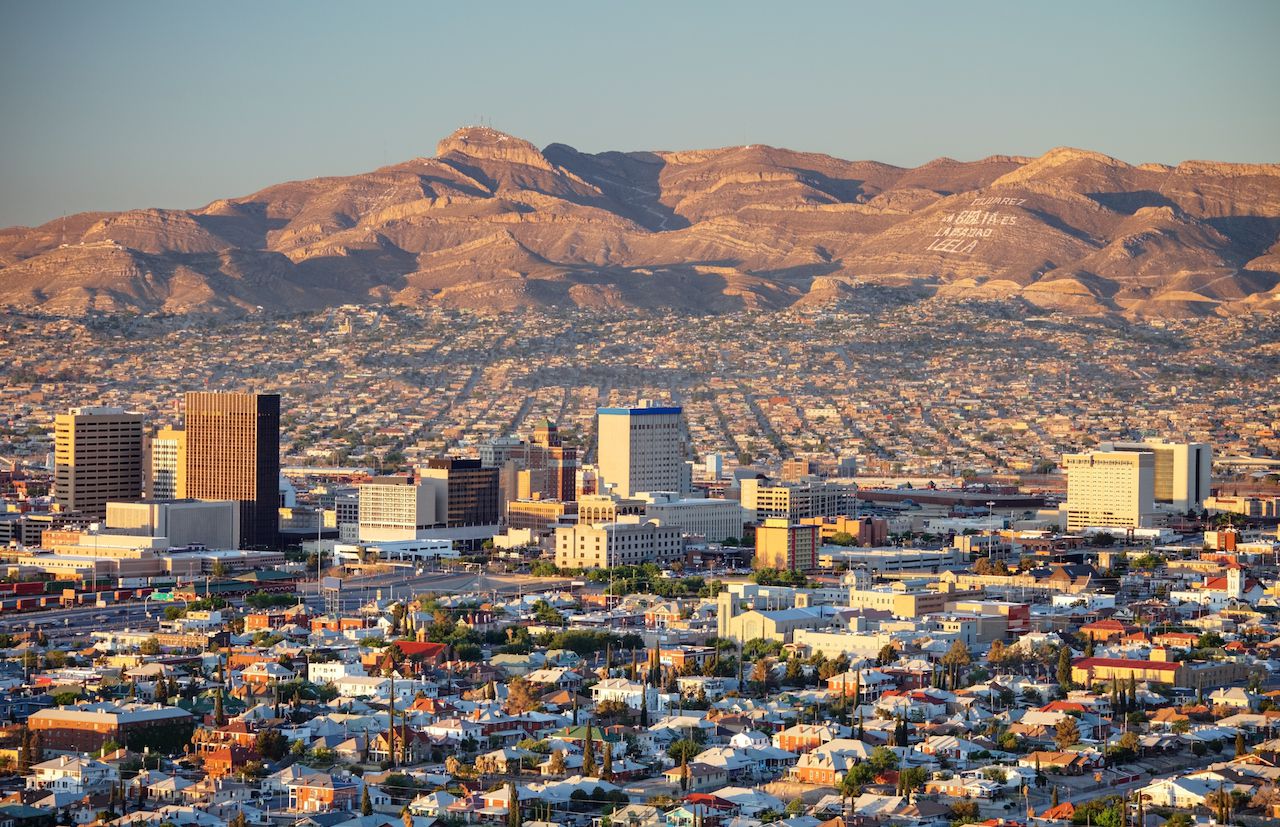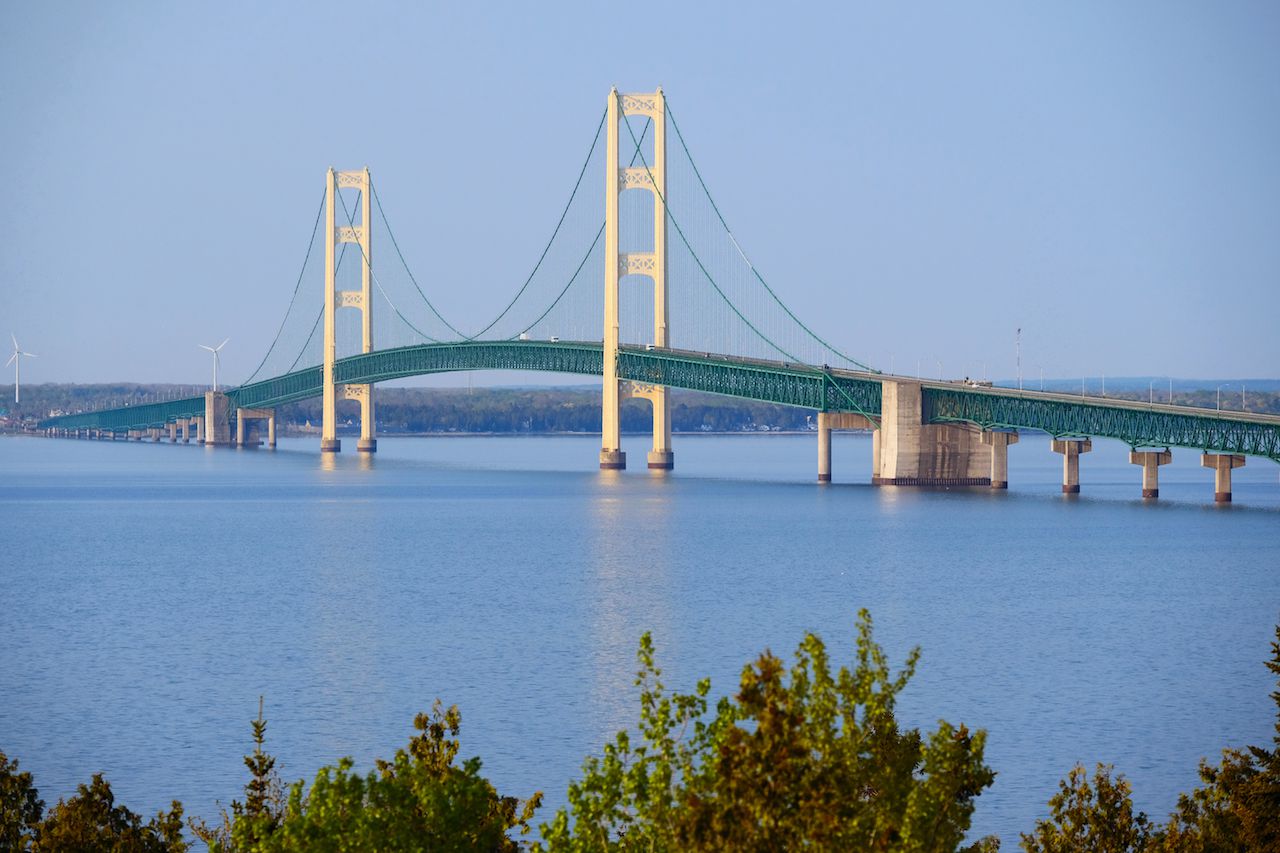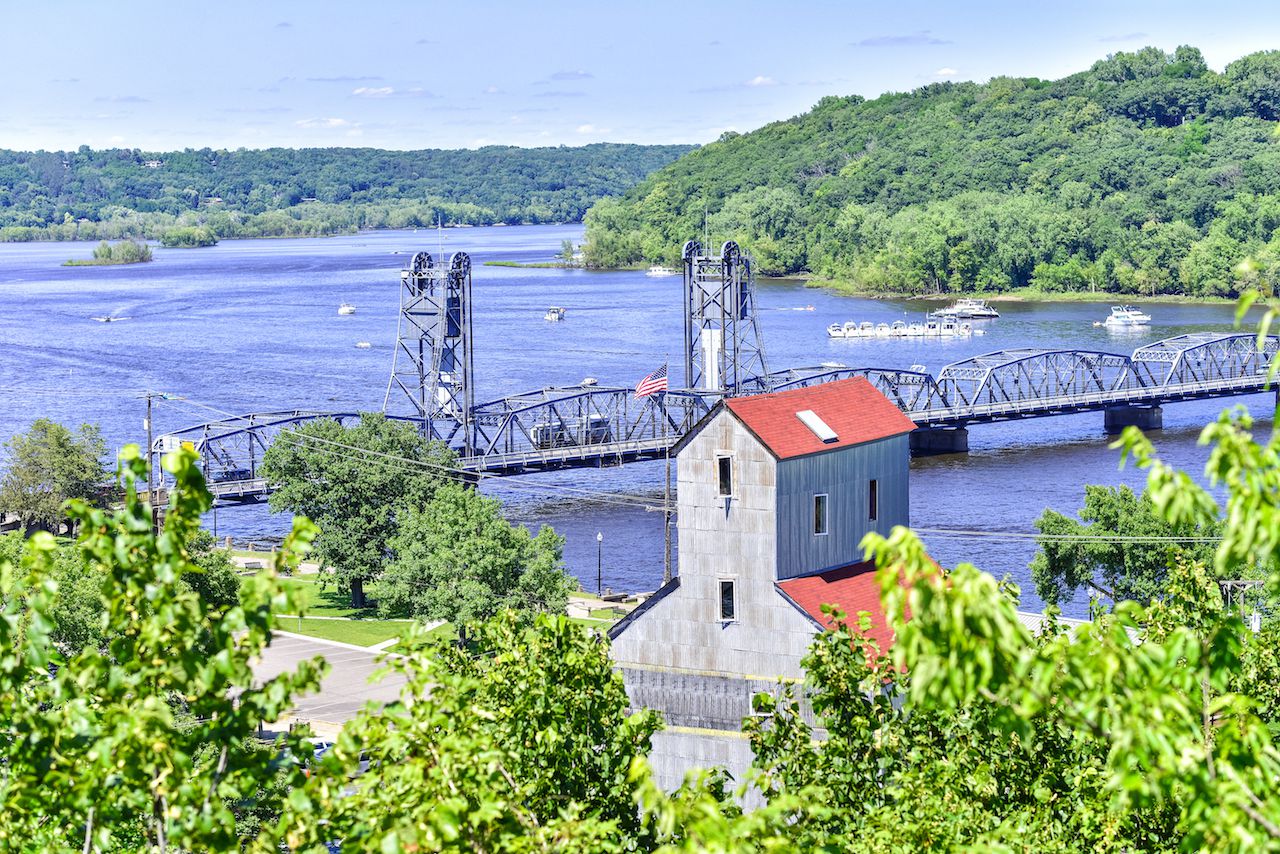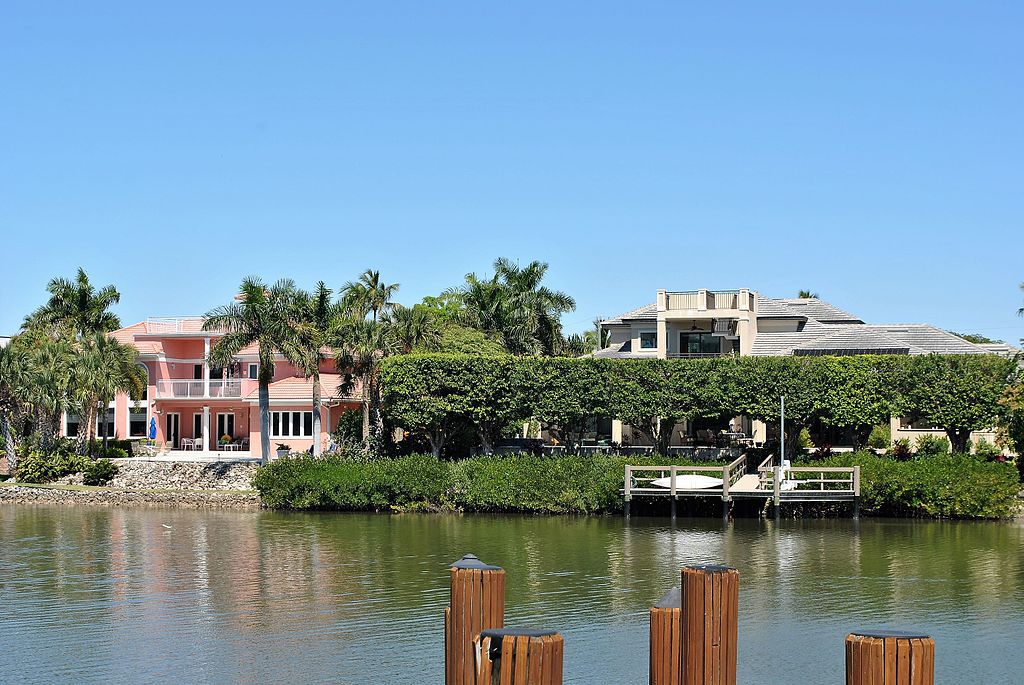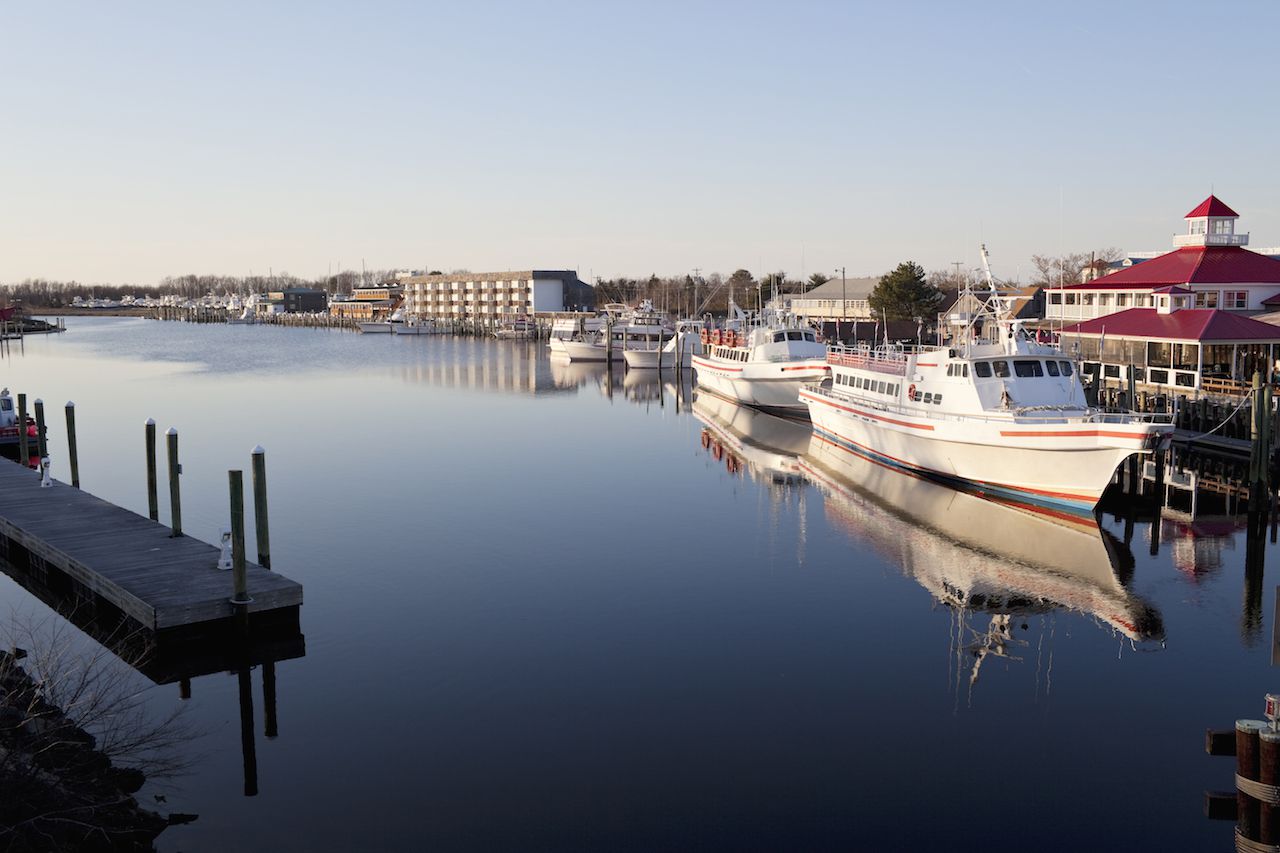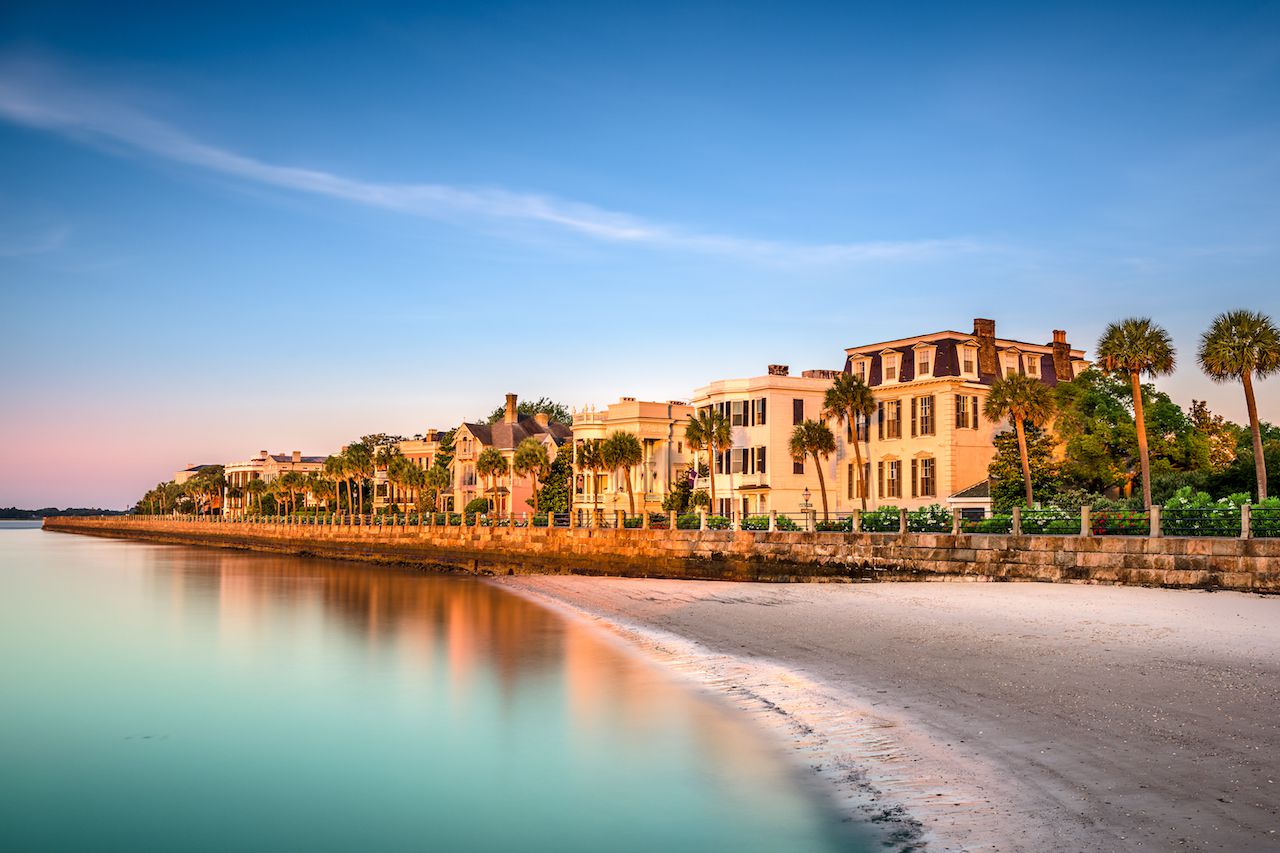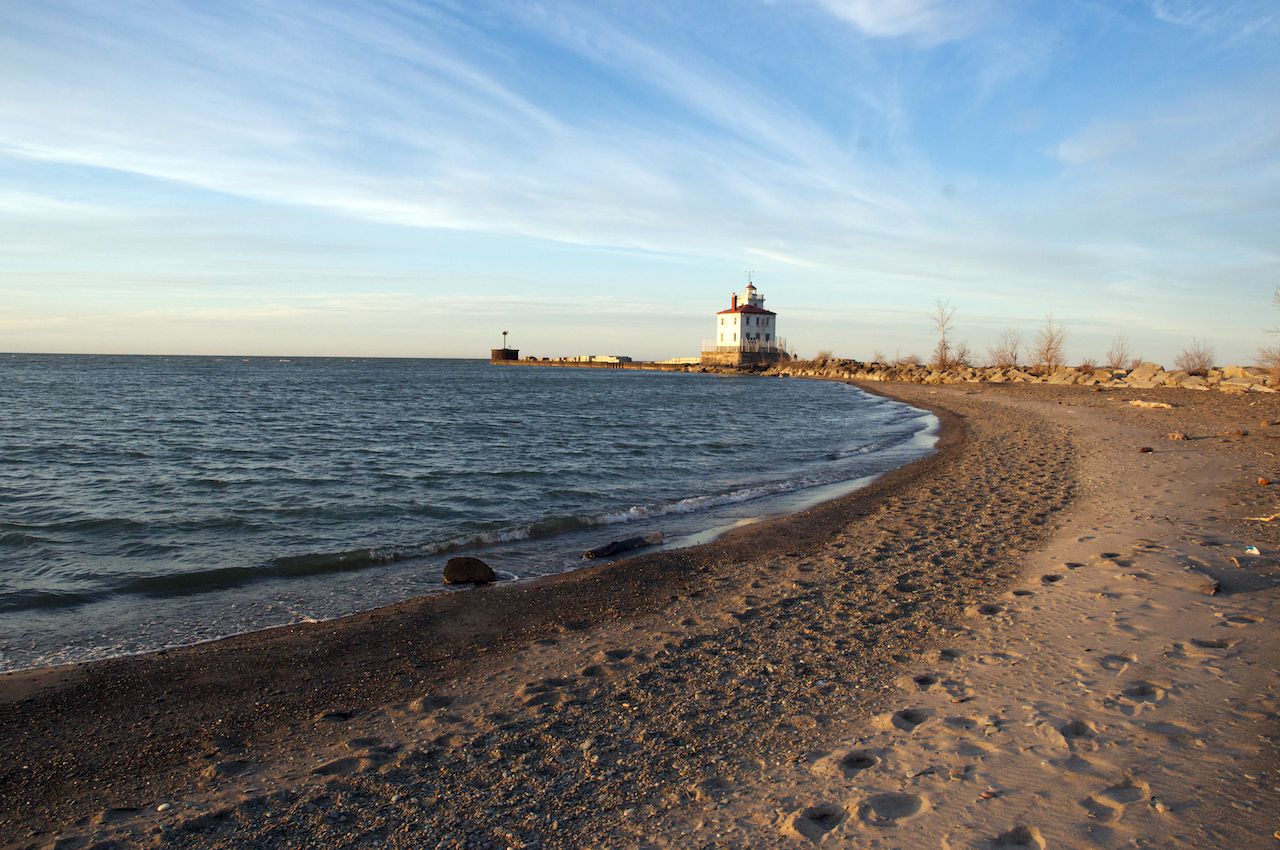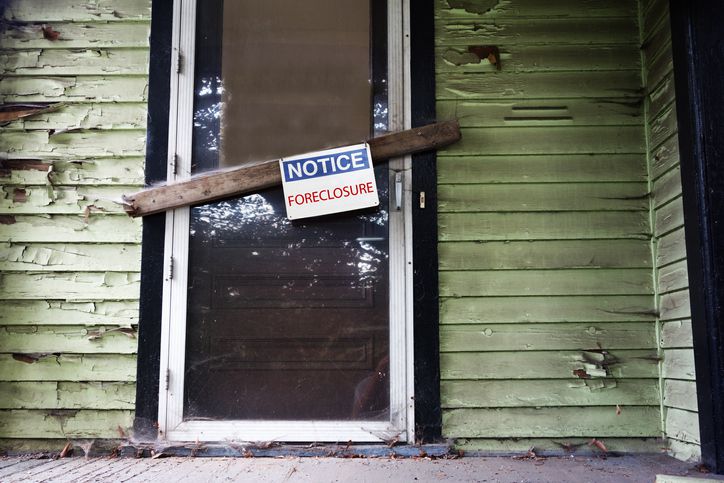The coronavirus pandemic saw many real estate markets leap upward. Some saw home prices jump over 40% in a single year!
Pick your reason as to why. People spending more time at home are focused more on their home, and usually wish they had more space. Many homeowners took on home improvement projects. The sudden collapse and meteoric recovery of the stock market left many investors seeking firmer assets, particularly as a hedge against inflation in the face of record government spending and new currency creation.
But America’s re-infatuation with real estate hasn’t been evenly spread. Which begs the question: what are the hottest real estate markets in the U.S. right now?
The 100 Hottest Real Estate Markets in 2022
Using data from Zillow, we calculated and mapped the top 100 hottest real estate markets in the US.
Notice any patterns?
You’ll probably spot first that they’re largely concentrated in the West and Southeast. The Upper Midwest got shut out completely.
Nearly all of these hot markets are smaller cities rather than major metropolises. For example, the fastest growing real estate market over the last year was Kalispell (MT) with an eye-popping 56.40% jump in home prices. Rounding out the top five are Naples, Florida (47.24%), Summit Park, Utah (44.73%), Fort Myers (44.36%), and Edwards, Colorado (43.76%).
!function(){“use strict”;window.addEventListener(“message”,(function(e){if(void 0!==e.data[“datawrapper-height”]){var t=document.querySelectorAll(“iframe”);for(var a in e.data[“datawrapper-height”])for(var r=0;r<t.length;r++){if(t[r].contentWindow===e.source)t[r].style.height=e.data[“datawrapper-height”][a]+”px”}}}))}();
Still, more large cities made the list in the second quarter of 2022. Tampa real estate spiked 33.12%. Phoenix saw home prices leap 30.20%. Jacksonville jumped 31.05%, Las Vegas 32.43%, and Atlanta 29.98%.
If you’re looking to invest in real estate long-distance, consider researching these markets. But beware that higher prices don’t necessarily mean higher rents, and you could just find yourself with weaker cash flow. Make sure you do your due diligence, and consider buying turnkey properties if you’re out of state. You can even potentially buy properties with tenants already paying rent, particularly if you use a platform like Roofstock.
SPONSORED: Find a Qualified Financial Advisor
1. Finding a qualified financial advisor doesn’t have to be hard. SmartAsset’s free tool matches you with up to 3 fiduciary financial advisors in your area in 5 minutes.
2. Each advisor has been vetted by SmartAsset and is held to a fiduciary standard to act in your best interests. If you’re ready to be matched with local advisors that can help you achieve your financial goals get started now.
Heat Map: Fastest Appreciating Counties
Cities are all well and good, but I like the depth that county-level data provides.
Here’s how real estate performed in (nearly) every county in the U.S. over the last year:
!function(){“use strict”;window.addEventListener(“message”,(function(e){if(void 0!==e.data[“datawrapper-height”]){var t=document.querySelectorAll(“iframe”);for(var a in e.data[“datawrapper-height”])for(var r=0;r<t.length;r++){if(t[r].contentWindow===e.source)t[r].style.height=e.data[“datawrapper-height”][a]+”px”}}}))}();
Some counties saw year-over-year home price increases of more than 50%!
One trend we witnessed in 2020 and 2021 was an acceleration of the de-urbanization trend, particularly in the largest, most expensive cities. But in many cases, residents simply moved out to the suburbs surrounding the same city, and therefore stayed in the same county.
We also keep an eye on nationwide migration trends, particularly the extent to which Americans are leaving high-tax states in favor of lower-tax states. But these migration trends can’t perfectly explain the hottest real estate markets in 2020-2022.
Take New Jersey, one of the states with the highest taxes and greatest outbound migration. Every county in South Jersey saw year-over-year home price growth of over 10%!
Or Vermont, with its high inbound migration. Sure, it saw strong appreciation by historical standards, but nowhere near what you’d expect.
Note: The gray counties didn’t have sufficient MLS sales data to trigger median home values.
Best Cities for Investing Based on GRM & Cap Rates
Appreciation isn’t everything, of course. You still need the property to cash flow well, or you end up coming out of pocket.
If you’re looking for the best housing markets in the U.S. for cash flow, here’s a map of the 100 largest cities in the U.S., contrasting their gross rent multiplier (GRM). Remember, lower is better!
!function(){“use strict”;window.addEventListener(“message”,(function(a){if(void 0!==a.data[“datawrapper-height”])for(var e in a.data[“datawrapper-height”]){var t=document.getElementById(“datawrapper-chart-“+e)||document.querySelector(“iframe[src*='”+e+”‘]”);t&&(t.style.height=a.data[“datawrapper-height”][e]+”px”)}}))}();
Alternatively, see this list of the cities with the best cap rates. (If you’re not familiar with them, here’s an overview of how cap rates work).
Before buying a rental property, always run the numbers through a rental income calculator. Most new real estate investors underestimate expenses and fail to calculate real estate cash flow property.
What Drives Hot Housing Markets?
Real estate prices rise for many reasons. But at their core, they rise because demand for homes outstrips a limited supply of available housing.
As you scout for the best cities for real estate investing, keep the following trends in mind.
Population Growth
It sounds obvious, and it is. But where there’s strong population growth, there’s nearly always strong real estate appreciation.
Unfortunately, official Census Bureau data on population growth lags by a year or two. That leaves investors relying on less official data to try to track population trends.
Economic & Job Growth
What drives population growth? Job growth, at least traditionally. A booming local economy attracts people to move from all over the country. In fact, job growth often serves as a leading indicator of population growth.
However, in an age of greater telecommuting, inherent amenities like shoreline or a historic vibe can draw inbound migration even without abundant local jobs.
Increase in First-Time Homebuyers
When a homeowner goes to move, and simultaneously sells their old home while buying a new one, it doesn’t change the total housing inventory available. They add their own home to the inventory for sale, and they take their new home off the market.
First-time homebuyers, however, don’t have an existing home to sell. So, they take a home off the market by buying it, without adding to the available inventory.
In other words, they add to the demand for housing, but not the supply. Which drives up home prices.
What Happens When Hot Real Estate Markets Cool?
Even the best housing markets in the US, the hottest real estate markets, eventually cool off. It can happen gradually, or it can happen (relatively) suddenly, such as we saw in the housing bubble collapse after 2008.
Housing markets go through predictable cycles. A dearth of housing supply spurs more new home construction. Home builders gradually build up a head of steam, as the process from finding sites through pulling permits to building the home to marketing and selling them all takes time. At a certain point, housing developers start building more homes than the local demand actually needs or wants, but by the time they discover that, they still have months or even years to go in order to finish existing construction projects.
At that point, supply exceeds demand, and you see a housing market correction. Developers stop building, and eventually supply gets pinched again, and the cycle repeats itself.
Here’s a handy visual aid for good measure:
Is the US in a Housing Bubble Currently?
While parts of the U.S. could already be in a bubble, I doubt that most of the country’s markets are in a bubble, even the hottest real estate markets.
To begin with, supply, particularly of starter homes, remains insufficient to cover demand, to put it mildly. Building material and labor costs hover around record highs, putting additional upward pressure on home prices.
Meanwhile, millennials have reached the “settle down in the suburbs and pop out some kids” phase in their lives. See above about the increase in first-time homebuyers supercharging demand for housing.
So no, I don’t see a real estate bubble, at least for most markets in the U.S..
Final Thoughts
At the moment, I see a great reshuffling of the deck taking place in real estate markets. While the largest, most expensive cities like New York and LA will never become irrelevant, even before the pandemic we saw rents and demand dipping. The rise in telecommuting should exacerbate that trend even after the pandemic is in the rearview mirror.
I see continued hot housing markets in areas with natural charm. Areas with beautiful beaches or lakes, with great skiing and hiking, with history and culture. Post-industrial cities will need to reinvent themselves if they want to retain high-income residents after they discover they can live anywhere and telecommute to work.
Keep an eye on all of the hottest real estate markets in 2022 showcased in the maps above. And note that the best housing markets in the U.S. are mostly satellite towns, seeing astronomical growth.
This article originally appeared on SparkRental.com and was syndicated by MediaFeed.org.
More from MediaFeed:
Here’s where US foreclosure rates are soaring
Featured Image Credit: fizkes/istockphoto.


